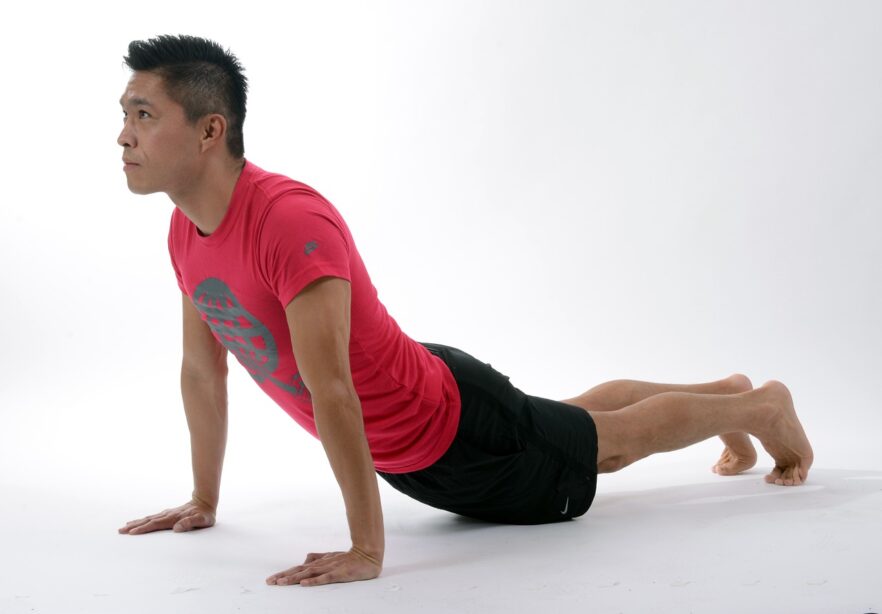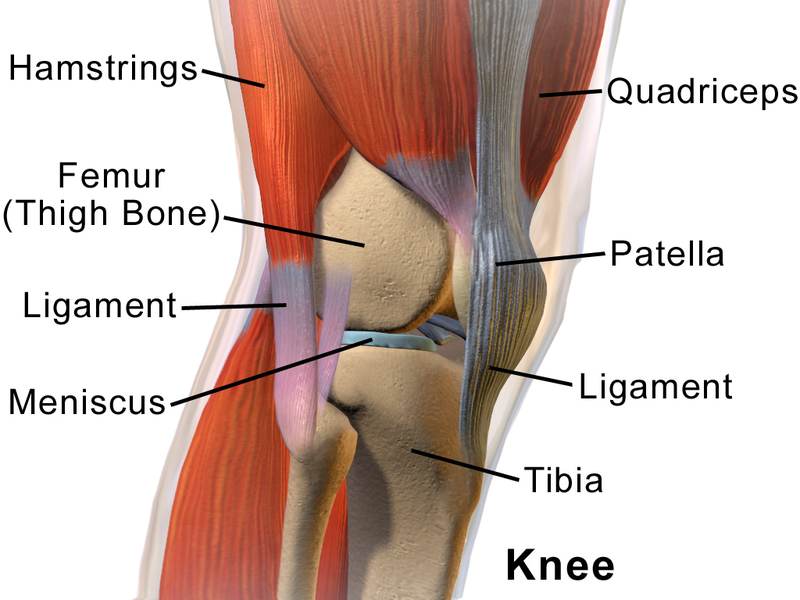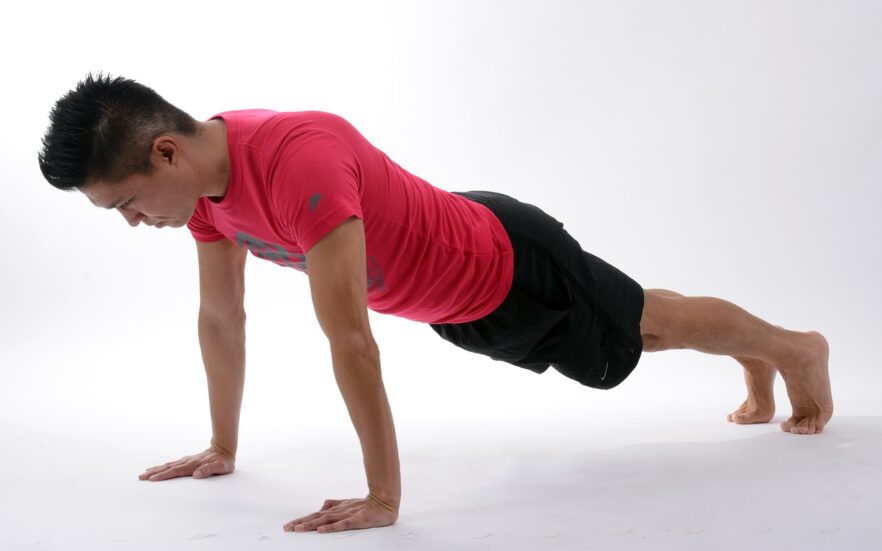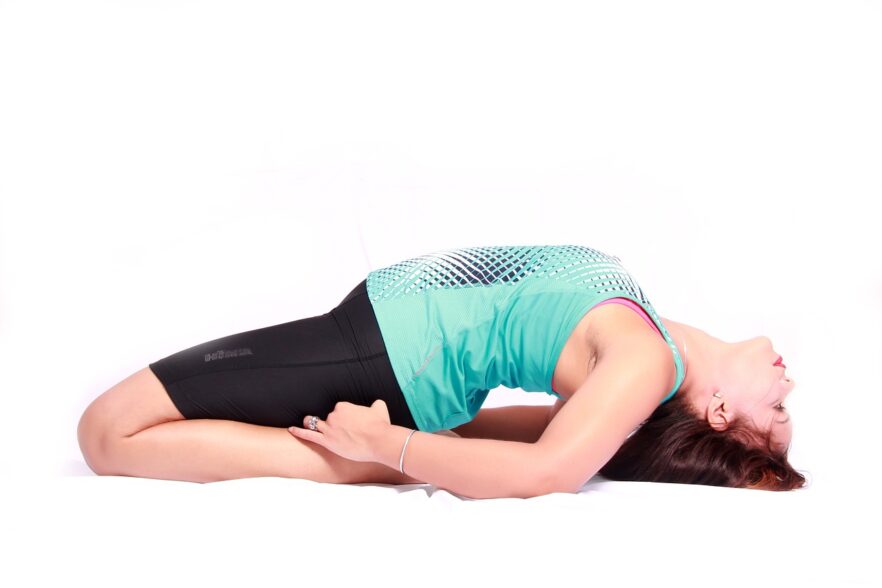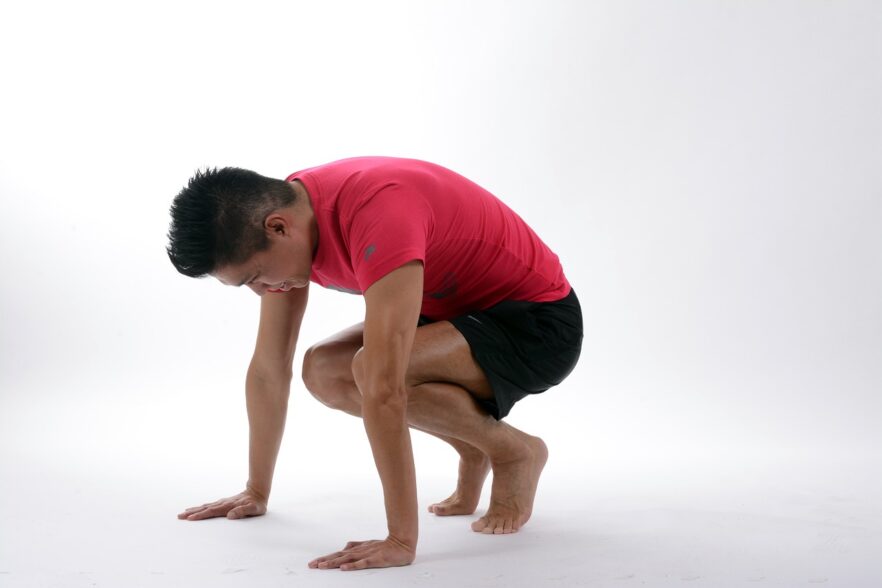Joints help stabilize the body and allow you to bend and move. Within these joints, powerful cartilage tissue is a barrier between the bones, preventing them from making contact with one another. These joints experience essential wear and tear as you go about your life.
Joint pain and stiffness are common problems facing the elderly or those with certain health conditions that target the joints, such as gout. However, you may be surprised that even athletes in the prime of their lives are at risk. Sports like football, baseball, and gymnastics take their toll on the body as participants are subject to increased motion, including sudden dynamic changes such as jarring collisions or falls, which can wear down cartilage at an accelerated rate or even cause joint inflammation such as tendinitis.
Fortunately, regular exercise and stretching can help reduce joint deterioration and can even ease symptoms of arthritis. Healthy activity encourages a tissue called the synovial membrane to generate fluid, serving as a lubricant for the joint, and accumulated muscle can act as a brace to reduce the pressure on these articulations.
If you decide to begin a new exercise regime to prevent joint erosion or reduce symptoms of arthritis or other ailments, it is essential to consult a medical professional first to ensure you identify any risks in advance and can select the program that is best for your situation.
Part 1: Understanding Joint Health
“Medical gallery of Blausen Medical 2014”, CC BY 3.0 , via Wikimedia Commons
Your joints are a fascinating combination of mechanics designed to allow you to move a part of your body without suffering jarring pain as your bones crash against one another and other parts of your body at the whims of motion, resistance, and gravity.
The bones are held together through a combination of tissue ligaments and muscle tendons, the former of which is malleable enough to fit them tightly while flexible enough to allow motion. The latter provides additional support and the power to move those bones. The cartilage is in place to keep the bones from scraping together, and these parts together serve as shocks, managing force to prevent damage or pain during an action.
Throughout these mechanical agents are bursae, little sacs of fluid strategically placed to alleviate friction among the other components, and special cells that secrete synovial fluid so that those parts interact like a well-oiled machine.
Despite the well-designed precision of joint function, there are common joint-related issues that can influence performance and even cause discomfort or pain.
A few examples of these ailments include:
- Osteoarthritis: The most common debilitating joint problem occurs when the cartilage between bones degenerates to the point that they begin to scrape against one another. Symptoms include tenderness, swelling, discomfort, bone spurs, and reduced mobility.
- Rheumatoid Arthritis: An inflammation in the lining of joints that results from the body’s autoimmune system improperly targeting your own joint tissue. This disorder can include stiffness, pain, swelling, joint deformity, bone erosion, and general fatigue.
- Gout – Caused by excess uric acid in the blood, this disorder can result in the buildup of crystals in and around a joint. This occurrence can result in inflammation, discoloration, significant pain, swelling, and tenderness.
Age and weight are two factors that heavily influence joint health, as cartilage, muscles, and tendons endure erosion and deterioration as the body ages, as well as various injuries that can have lasting effects. Some people are even genetically predisposed to certain forms of osteoarthritis and other joint disorders, meaning that they can be inherited from their parents.
It is vital to pursue a healthy lifestyle to mitigate and reduce everyday rigors that joints face. This means maintaining a favorable weight, living an active lifestyle that includes exercise and a healthy diet, building muscle to buffer the joints, and maintaining proper posture and body movements to reduce undue stress in these crucial areas.
FAQS
Here are the answers to some common questions relating to joint health:
What are some natural remedies for joint pain?
The best method to reduce joint pain is maintaining a healthy lifestyle, including weight management through proper nutrition and exercise. Others find success through heat and cold treatments and techniques such as massage therapy or acupuncture.
How can I prevent pain and stiffness as I age?
Not to sound redundant, but many of the same techniques that facilitate joint pain reduction are essential factors in prevention as well – notably those that focus on health and nutrition. Proper posture when sitting and using appropriate techniques and supports when lifting can also make a difference. Many athletes use chiropractic services or physical therapy to safeguard against injury.
Is it normal to experience pain after exercising?
Soreness and mild pain is indeed normal after exercising and may not manifest until a few days afterward. It can also take time for the joints to warm up to the new activity, even over a month, during which you may experience some swelling or stiffness.
Part 2: Benefits of Regular Exercise for Joint Health
Engaging in a proper exercise routine has many benefits for your joints. Weight training can enhance the muscles around the joint, becoming a load-bearing weight to take pressure off the cartilage and tendons and give you greater strength to incur your mobility. As a result, your joints enjoy longevity and stave off the effects of osteoarthritis and other factors that result from joint erosion, and you are better able to perform activities.
In addition, exercise encourages additional fluid production within the joints, allowing the parts to perform more efficiently and with less friction and general wear. The increased blood flow brings more nutrients to the muscles and tenders within the joint to improve function while flushing out toxins.
For best results, engage in low-impact exercises such as swimming, water aerobics, or cycling. If you wish to alleviate symptoms of arthritis or restore lost mobility, the CDC recommends engaging in approximately two and a half hours of moderate physical activity each week.
To ensure that your exercise program is safe and effective, consult a medical professional or physical therapist for a routine that minimizes the impact on the joints while strengthening them in a way that will not incur additional damage.
FAQS
The following are answers to some common questions relating to the benefits of regular exercise for joint health:
Can exercise really help with joint pain and stiffness?
Yes! Physical therapists often treat patients with reduced mobility and joint pain, even after severe injuries or accidents.
What are some good exercises for individuals with knee or hip pain?
Activities that take the pressure off those areas are best. This includes aerobic exercises such as swimming and biking and using an elliptical machine or even walking.
How can I exercise safely with arthritis?
Your primary focus is to prevent additional injury, so stick with exercises that go easy on the target joints. Try to avoid twisting those joints whenever possible, as this can result in adverse effects.
Part 3: Benefits of Stretching for Joint Health
Image by Omar Medina from Pixabay
When you stretch, you warm up muscles and tendons, ensuring they are flexible. This not only reduces the possibility of injury but also improves their efficiency. As these are significant parts of a joint, this benefits the way the joint works, especially as stretching improves range-of-motion.
Maximizing a joint’s range of motion daily, if possible, is important to ensure that it remains in optimum condition. During this process, the joints excrete synovial fluid, which serves as oil to grease the muscles, reducing friction between the bones and other working parts to improve efficiency.
There are two major types of stretches you can do to improve joint mobility: dynamic and static. Dynamic stretches involve active, changing movements, while their Static counterpart involves those you hold for a period, such as in 30-second intervals. Each type can have its place in a joint stretching routine.
Here are a few stretches that are excellent for those experiencing pain or stiffness:
Dynamic:
- Hip Circles
- Torso Twists
- Ankle Circles
- Cat-Cow
Static: (30 to 60-second holds)
- Arm Raises
- Neck Tilts
- Butterfly Stretches
- Side Bends
FAQS
These are answers to some common questions relating to the benefits of stretching for joint health:
When is the best time to stretch?
The best time is early in the morning, as this warms up your joints and muscles before you begin more rigorous activity over the course of your day.
Can stretching help prevent joint-related injuries?
Absolutely! Warming up the joints provides additional lubrication for its function while warming up and lengthening the muscles, reducing the chance that you could suffer an injury.
Are there any risks associated with stretching?
Yes, if you begin stretching too rigorously or perform the stretches incorrectly, you could risk potential injury. You face additional risk when stretching an injured or otherwise damaged muscle.
Part 4: Combining Exercises and Stretching for Optimal Joint Health
Stretching and exercise should go hand-in-hand. Take the time to perform a safe and comprehensive stretching routine before training. You will warm up the muscles and improve joint function, allowing you to perform better and enjoy greater mobility and reducing the risk of incurring an injury during an exercise.
Research which joints and muscle groups are activated during your specific exercise activities and ensure that any stretching routine you perform provides a suitable warm-up for each area that will see rigorous usage. If you are unsure which stretches match best with particular exercises, you can always seek information from credible sources online or consult a professional.
Pay attention to your body when performing these programs, as it will typically provide you with a warning if you are doing a stretch or exercise improperly or if something goes wrong with a muscle or joint. If you are feeling pressure or a burn in a non-target area, you may have improper form. You may experience greater pain than the usual soreness associated with regular exercise or something specific that does not feel right.
Keep an open mind and adjust your routine to ensure you get the desired results. If you suspect anything might be off or just want a second opinion, consult a physician or physical therapist for tips, suggestions, or advice.
Joint pain can affect anyone, but with proper treatment, it is possible to regain your quality of life. Singer Paula Abdul found herself suffering from rheumatoid arthritis and again, later, from osteoarthritis. Each time, she engaged in a treatment program that included aerobic exercises and low-impact strength training. Soon, she was back on her feet, dancing to the music.
Kathleen Turner also faced the misery of rheumatoid arthritis, and she credits Pilates as the lifesaver that helped her recover from her joint pain.
FAQS:
These answers to common questions about combination activities may prove beneficial:
How do I know if I am overdoing it with exercise or stretching?
Listen to your body. If you are feeling unnatural pain, excessive fatigue, prolonged soreness, irritability or other unusual behavior, you may be overperforming.
How long does it take to see results from exercise and stretching?
If you are performing your routines consistently, you should begin noticing gains in a few weeks, with more pronounced results in a few months. However, you may start to feel better much sooner, both physically and mentally.
Can I still exercise and stretch if I have a joint replacement?
Not only can you, but it is highly recommended! Consult with your physician about when you can begin light exercise (often four to six weeks after the surgery) and more rigorous activity.
Conclusion
Stretching and regular exercise makes a formidable defense against joint pain and potential injury. Performing everyday routines can help strengthen muscles, improve flexibility and mobility, and improve overall joint performance, making it possible to sustain your body during rigorous activities such as sports or maintain your body during aging.
Whether you are suffering joint soreness or not, now is the time to take action and improve your quality of life, strengthening your joints and ensuring that your cartilage enjoys the benefits of additional muscle to stave off natural erosion. Remember, before beginning new stretching or exercise regimes, consult with a healthcare provider to ensure that you choose the most effective routines and techniques while limiting the potential for injury.
Resources:
https://www.betterhealth.vic.gov.au/health/conditionsandtreatments/ageing-muscles-bones-and-joints
https://my.clevelandclinic.org/health/symptoms/17752-joint-pain
https://www.mayoclinic.org/diseases-conditions/osteoarthritis/symptoms-causes/syc-20351925
https://www.healthline.com/health/osteoarthritis/arthritis-natural-relief#_noHeaderPrefixedContent
https://www.cdc.gov/arthritis/programs/.
https://creakyjoints.org/diet-exercise/gentle-stretches-for-arthritis-pain/
